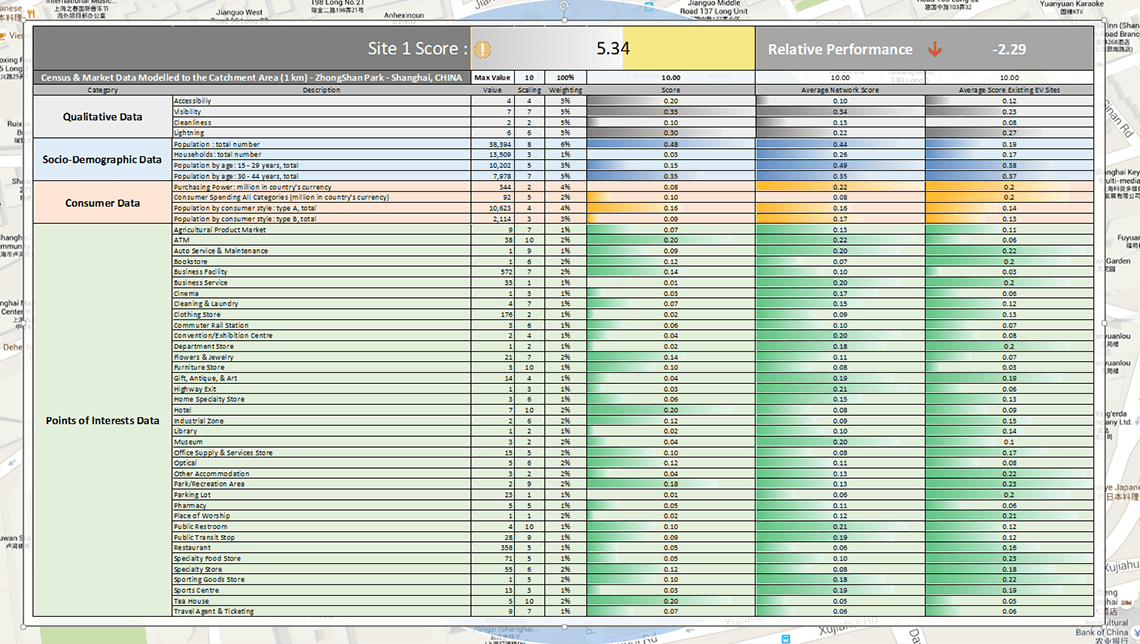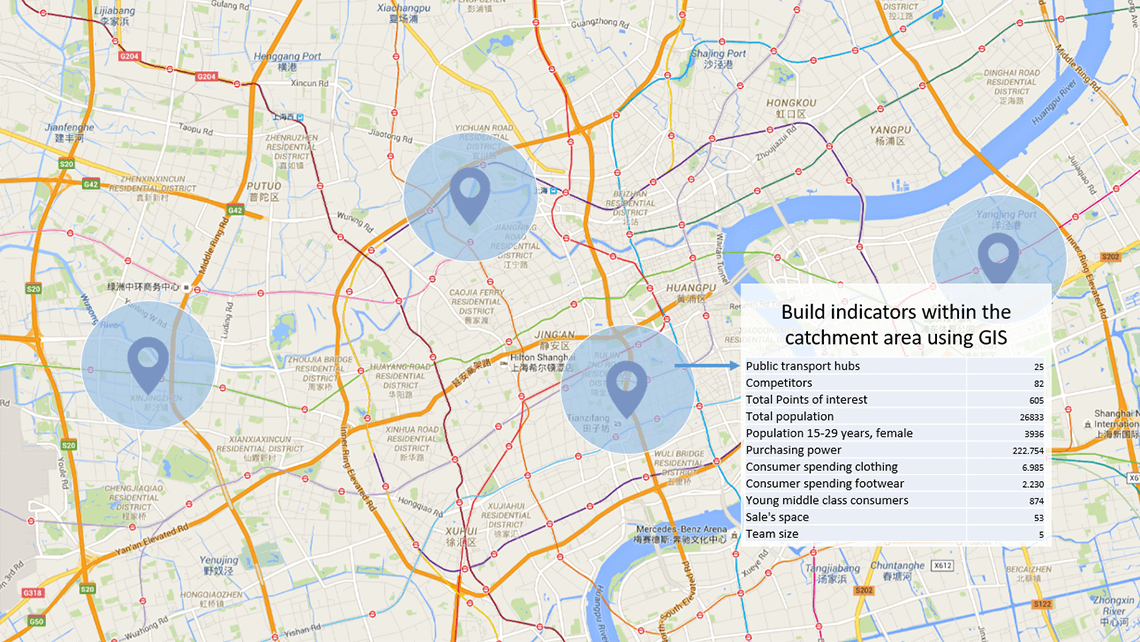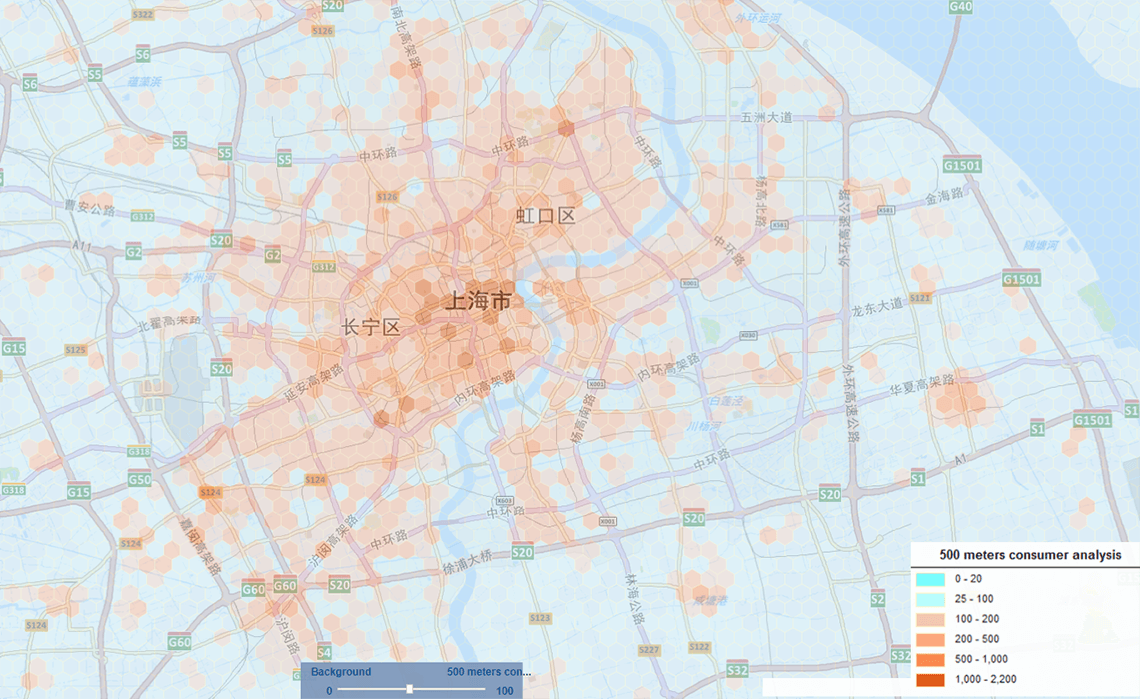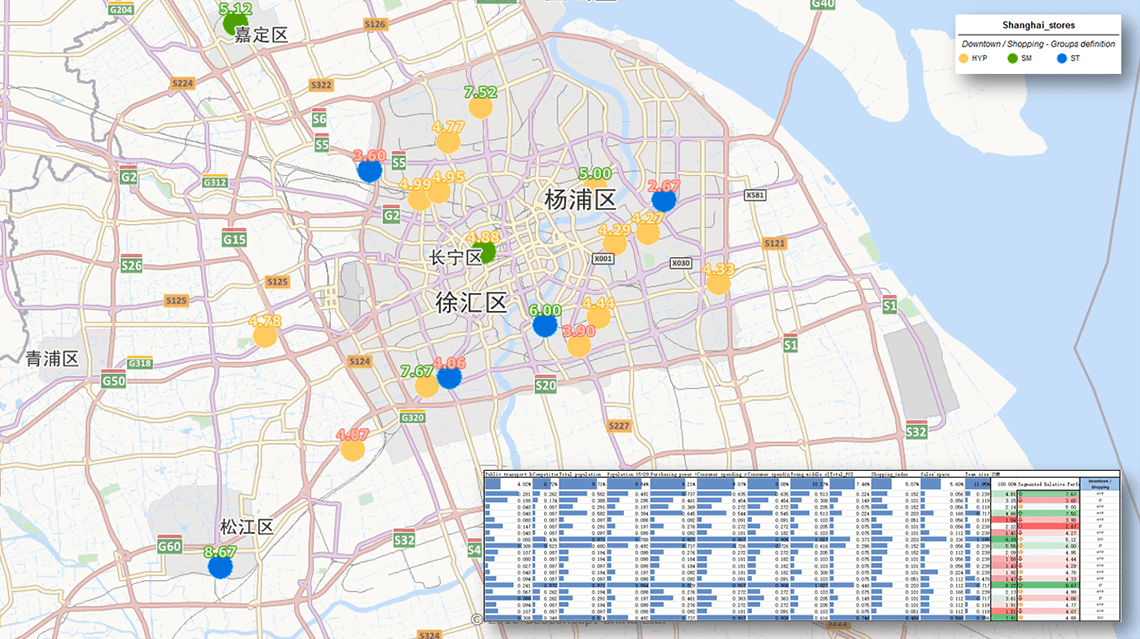Location, location, location.

Written by Pierre-Antoine TRICEN, Director at Geoconcept Asia.
Often, this catch-phrase gets thrown around by business leaders, albeit in different contexts. While the idea itself is self-explanatory, the mechanics behind it is still rather ambiguous.
Businesses know that for retail outlets, the location is pivotal to success.
Read the article : "Top 3 reasons why your business location choice is vital to your success" .
However, having this knowledge in itself is insufficient - companies need to proceed further towards uncovering the factors that make a location, prime.
So, if the location is truly that important, how then, do you determine what’s best for your business?
Enter location-based technology. As its name suggests, such technologies utilize location data. While the concept is far from novel, the recent decade has seen an eruption regarding practical applications, primarily propelled by advances in technologies such as Big Data, IOT, predictive analytics and the likes. And with this comes the key to finding the optimum location for your business.
Discovering the right location can vary for different businesses, but the factors analyzed are generally similar across the board. With mobile and IOT devices continuously transmitting geographical data and related information, businesses need to be able to leverage these data using reliable geo-analytics tools. Coupled with a predictive data model, a business can actually identify prime locations that are likely to be frequented by their ‘ideal customers’. This is directly derived from cross-referencing their existing customer data with the available consumer data directory within the area.

Through the application of geographical data, businesses can effectively evaluate the performance of the network by identifying catchment areas. Such catchment areas allow companies to assess the surroundings of a potential spot - from information related to the traffic data, businesses around the area, the average distance from shopping malls within the area, to even the number of direct competitors present within the region. Since different businesses have unique requirements, the contrast between how a site is chosen lies in the weight placed on these separate factors.

To put it into perspective, a supermarket would not want to open an outlet near a rival store, as it would ultimately eat into their market. However, this might not be the case for fast-food outlets. We often see fast-food chains, such as McDonald's, being located right across other fast-food giants like Burger King or KFC. Why so? Because in this industry, an outlet can actually benefit from having a direct competitor present within the same location.
This is the case in many parts of the world, and even China.
Read the article : "Competitors and companions: KFC and McDonald’s in China"
Consequently, having a rival within the area will be given more importance for fast-food outlets, as opposed to supermarkets.
Playing Catch-up - China’s take on Geomarketing
China, with its reputation as one of the largest markets in the world, also happens to boast a massive geographical land area. While previously lacking in geo-location technologies, the nation has since developed its geo-location based services through the offerings of pioneering companies - one of such being Geoconcept. The establishment of a national grid based on 6 digits postcodes, qualitative data at point level and demographic information by neighborhood or building can now be accessed in China.
Geoconcept China continues to spearhead developments within the nation. The use of geography and maps is no longer focused on visualization of a significant amount of information in a glimpse - it is now used to aggregate, merge and segment databases with the goal to better define go-to-market strategies. Aside from socio-demographic data very often used abroad, extensive pre-segmented business and pedestrian traffic data are now available in most cities in mainland China, which allow for the use of advanced geo-analytics and a smarter way to identify white space and market potential.


The advancements in geo-location services are inevitable - conducting business in China is no longer as simple as setting up shop somewhere; increased competition and the present economic landscape means that companies who fail to pick a suitable location to sell their products are primed only for failure.
Geo-location technology already is and will continue to drive the way businesses approach and construct their strategies. Such technologies have borne fruit to improved business outcomes; geomarketing tactics, such as geofencing, allows for improved relevancy and ad timeliness. Innovative and forward-thinking businesses have regularly applied such tactics, as they understand the outstanding opportunities for optimizing operations and organizations that these methods present.
If you’d like to learn more about how your business can fully leverage the benefits of geomarketing, join us at the GEOmarketing DAYS online conference from 14 - 18 November 2016, where industry experts will be sharing their knowledge during this unique online event.
